|
|
By Sandy, on May 19th, 2009
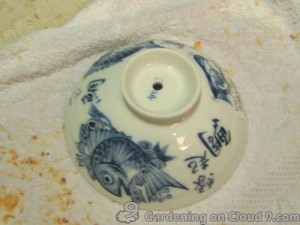 We know that good drainage is the key to healthy plants, but the containers that we find most attractive are often the ones without drainage holes. But we can drill the drainage holes by ourselves, and it is much easier than what most of us would expect. All we need is an electric drill and steady hands. We know that good drainage is the key to healthy plants, but the containers that we find most attractive are often the ones without drainage holes. But we can drill the drainage holes by ourselves, and it is much easier than what most of us would expect. All we need is an electric drill and steady hands.
And here, let me show you how to drill holes on our containers.
Continue reading Drilling Drainage Holes by Ourselves
By Sandy, on March 9th, 2009
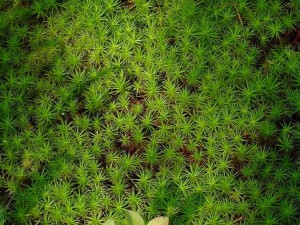 There mainly are 2 types of moss – sphagnum moss and sphagnum peat moss. While sphagnum moss is the living top layer of a sphagnum bog, sphagnum peat moss is dead residue beneath this live layer. Hence, before harvesting the sphagnum peat moss from the lower levels of the bog, the harvesters must first remove the top few inches of the live sphagnum There mainly are 2 types of moss – sphagnum moss and sphagnum peat moss. While sphagnum moss is the living top layer of a sphagnum bog, sphagnum peat moss is dead residue beneath this live layer. Hence, before harvesting the sphagnum peat moss from the lower levels of the bog, the harvesters must first remove the top few inches of the live sphagnum 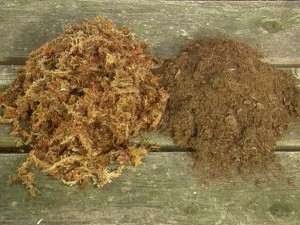 moss. moss.
Continue reading Sphagnum Moss & Sphagnum Peat Moss
By Sandy, on March 2nd, 2009
My African violet, fantasy gold, isn’t growing much since I bought it in November last year. After some research that I have done and getting advices from other gardeners, I believe that the problem is due to overwatering and wrong size of container. African violet hates soggy soil. And with a container that is too large, the soil can be kept soggy for a very long period of time.
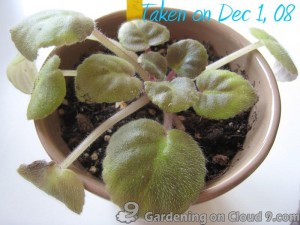
Continue reading Why My African Violet Isn’t Growing Much?
By Sandy, on January 22nd, 2009
Here are my top ten indoor gardening tips for gardening novices.
Tip 1 – Choose the Right Plant
Before you bring a houseplant into your house, you just have to make sure you can give what it needs to grow healthily. Choose only those plants that will be able to grow in the climate and condition of your room. Here is a list of suitable houseplants with photos for indoor gardening that you may find helpful.
Tip 2 – Enough Sunlight?
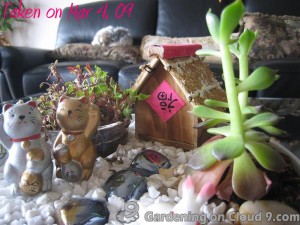 Like oxygen and water, plants need sunlight to grow healthily. If your house does not have a lot of sunlight, and if you are not planning to use any artificial light, don’t worry, for you still have many options to choose from. Different types of houseplant require different amount of sunlight. There are many types of plants that thrive in medium to low light conditions, such as African violets, Boston ferns, Spathiphyllum, Philodendrons, and many more. Like oxygen and water, plants need sunlight to grow healthily. If your house does not have a lot of sunlight, and if you are not planning to use any artificial light, don’t worry, for you still have many options to choose from. Different types of houseplant require different amount of sunlight. There are many types of plants that thrive in medium to low light conditions, such as African violets, Boston ferns, Spathiphyllum, Philodendrons, and many more.
Related Post about Light Requirements
My Echeveria is Growing Way Too Tall!
By Sandy, on January 14th, 2009
Okay, horticultural charcoal does not absorb odors, enrich or purify soil, or ward off any insect (more on Myths of Horticultural Charcoal in Gardening). So, what good does horticultural charcoal do in gardening?
Continue reading What Can Horticultural Charcoal Do in Gardening?
By Sandy, on January 14th, 2009
Charcoal has been used for horticultural purposes for at least two thousand years. Archaeological researches have come up with evidence of charcoal being used as a soil ameliorator in the Amazon Basin since around the time of Christ (Check here for more on Terra Preta – Amazonian dark earth).
Continue reading Horticultural Charcoal for Gardening
By Sandy, on January 14th, 2009
Many of us have heard of the value of horticultural charcoal in gardening, not only that charcoal could retain moisture, but also some other amazing functions such as absorbing odors, purifying water, and warding off bugs and slugs. Many of these are not true, and those vendors, who have misled their customers with exaggerated, untruthful claims in their ads, are responsible for part of this confusion. Continue reading Myths of Horticultural Charcoal in Gardening
By Sandy, on January 14th, 2009
While someone may suggest saving the leftover charcoal after a barbecue gathering for gardening use, another may believe that the use of filtering charcoal can yield better performance in purifying the potting soil. None of these is either feasible or true, but only an urban myth of horticultural charcoal. Not all charcoal are created equal. And horticultural charcoal cannot substitute by either barbecue charcoal or filtering charcoal. Continue reading Horticultural Charcoal – Can be Substituted by Barbecue Charcoal or Filtering Charcoal?
|
|
 We know that good drainage is the key to healthy plants, but the containers that we find most attractive are often the ones without drainage holes. But we can drill the drainage holes by ourselves, and it is much easier than what most of us would expect. All we need is an electric drill and steady hands.
We know that good drainage is the key to healthy plants, but the containers that we find most attractive are often the ones without drainage holes. But we can drill the drainage holes by ourselves, and it is much easier than what most of us would expect. All we need is an electric drill and steady hands.


 Like oxygen and water, plants need sunlight to grow healthily. If your house does not have a lot of sunlight, and if you are not planning to use any artificial light, don’t worry, for you still have many options to choose from. Different types of houseplant require different amount of sunlight. There are many types of plants that thrive in medium to low light conditions, such as African violets, Boston ferns, Spathiphyllum, Philodendrons, and many more.
Like oxygen and water, plants need sunlight to grow healthily. If your house does not have a lot of sunlight, and if you are not planning to use any artificial light, don’t worry, for you still have many options to choose from. Different types of houseplant require different amount of sunlight. There are many types of plants that thrive in medium to low light conditions, such as African violets, Boston ferns, Spathiphyllum, Philodendrons, and many more.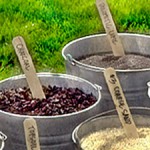
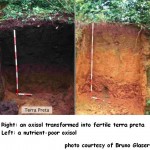



Recent Comments